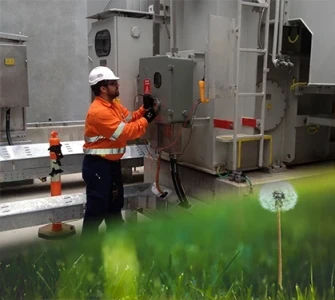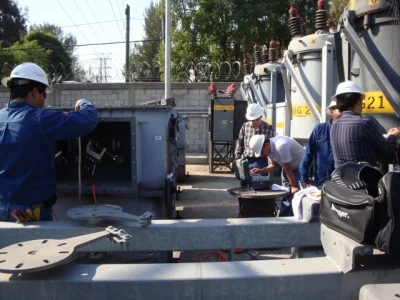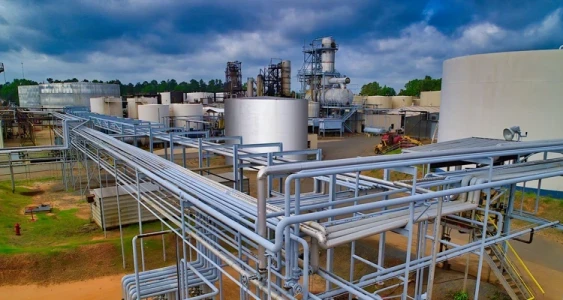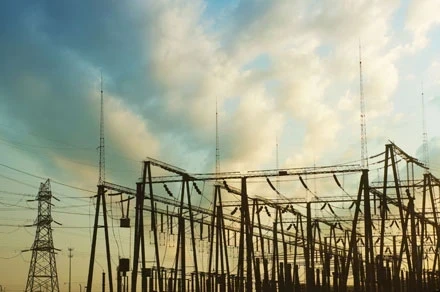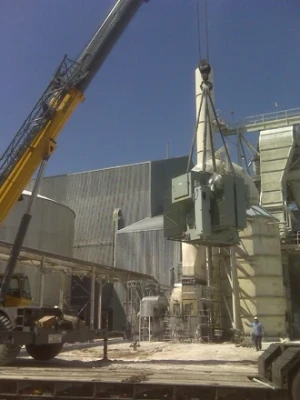Protection of Electrical Power Transformers

INTRODUCTION
In most large electrical systems, generators and power transformers are the two most expensive pieces of equipment. In addition to the capital cost of purchase, these two key devices are also the most critical to continuous and reliable operation of the system.
Consider, for example, the main incoming power transformer of a large industrial plant. Failure of that transformer can result in production losses reaching millions of dollars. If the transformer requires repair or replacement, expenditures can skyrocket with the cost of a temporary supply system, purchase price of the new transformer, and labor costs.
In addition to the costs associated with equipment failure, there are also safety factors that must be taken into consideration. For example, the speed at which a protective system operates helps to determine the level of incident arcing energy that will occur. That is, a fast protection system will release less incident energy than a slow protection system. This greatly enhances employee and equipment safety.
PROTECTIVE SYSTEM DESIGN PARAMETERS
Electrical protection systems are designed or calibrated based on four overarching parameters as follows:
- Electrical protection must allow the normal or full load current to flow. This includes running and starting current.
- When a short circuit occurs, electrical protection must trip (open) selectively, before thermal or mechanical damage occurs to any of the protected equipment.
- If the first upstream device fails, the next device upstream must operate to clear the short circuit.
- Must operate at a speed such that the amount of incident arcing energy is kept to a practical minimum.
Read full article in the SPECIAL TRANSFORMER EDITION.
Cadick Corporation Advertisement in the issue:


